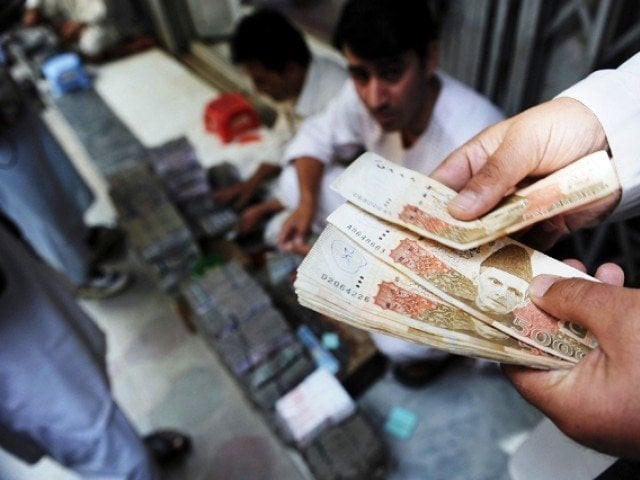
During fiscal year 2012-13, which was the last year of the PPP government, the country had recorded a budget deficit equal to Rs1.833 trillion including Rs480 billion circular debt payments. In contrast, the PML-N government borrowed Rs2 trillion as of June 23, and it did not include circular debt related obligations.
The overall borrowings may come down to around Rs1.7 trillion once the final figures of tax and non-tax revenues are available. Yet this number cannot be considered better than Rs1.833 trillion of the PPP regime due to exclusion of outstanding circular debt. The PML-N government sold a federal asset to the State Bank of Pakistan (SBP) in return of Rs100 billion to compensate shortfall in revenues. The borrowing spree indicates that the overall budget deficit will be far higher than the revised target of 4.2% of Gross Domestic Product or Rs1.34 trillion. Sources in the finance ministry said that the government was trying to restrict the budget deficit to 5.3% of the GDP or Rs1.7 trillion for the last fiscal year.
The Ministry of Finance did not give a response till the filing of the story.
As of June 23, the federal government borrowed Rs1.4 trillion from SBP and commercial banks, showed the central bank’s publically available data. The external borrowings as of end May stood at roughly Rs400 billion while another Rs200 billion were borrowed from the non-banking channels. This brings total borrowings to Rs2 trillion while June’s last week data of domestic borrowings and one month external borrowing data is still not available.
Although the finance ministry is in the process of finalising the fiscal operations for financial year 2016-17, the trend suggests that it will be the worst year in terms of fiscal performance.
The federal government borrowed Rs1.2 trillion from the SBP till June 23 of last fiscal year while in the preceding year it actually had retired Rs475 billion central bank data showed. Similarly, the federal government’s borrowings from the scheduled banks stood at only Rs196.7 billion as of June 23 of the last fiscal. In the preceding fiscal year, the federal government had borrowed Rs1.26 trillion from the commercial banks.
The trend reversed after the expiry of the International Monetary Fund (IMF) programme in September last year. The IMF had kept a check on SBP’s note printing.
The SBP borrowings of Rs1.2 trillion carry inflationary implications, which will be known with a lag of about six months, according to independent economists.
In its latest report, the IMF also said that fiscal consolidation has slowed, with the 2016-17 budget deficit target of 4.2% of GDP likely to be exceeded. It said that fiscal consolidation over the last three years had put Pakistan in a position where the debt ratio was expected to decline in the medium-term.
However, the historical ever Rs2 trillion borrowings indicate that the PML-N badly failed in mobilising resources despite making tall claims. The tax revenues fell short of the target by about Rs250 billion despite blocking taxpayers’ genuine refunds.
The finance minister has time and again flatly refused to book the circular debt of over Rs400 billion into the budget, although he did it after coming into power in 2013 to show bad fiscal performance during the last year of the PPP government.
The IMF has encouraged Pakistan to strengthen fiscal consolidation. The IMF noted that that fiscal year 2017-18 budget aims at further gradual consolidation but it is slower than targeted under the Fiscal Responsibility and Debt Limitation (FRDL) Act, and will likely require additional revenue measures in light of recent revenue underperformance.
The IMF directors emphasised that sustained fiscal consolidation over the medium-term, in line with the FRDL Act, was critical to strengthen economic resilience, safeguard fiscal sustainability, and limit pressures on the current account and international reserves. Pakistan’s tax-to-GDP ratio has remained low by international comparison, and mobilising additional tax revenues can support fiscal consolidation and generate resources to step up priority infrastructure and social spending.
During Article-IV consultations held in May this year, the IMF staff had stressed to further reduce tax concessions and exemptions, raise petroleum taxes and withholding taxes. However, all these measures are direct in nature that serves the temporary purpose of enhancing collection without addressing the root cause of narrow tax base.
Published in The Express Tribune, July 16th, 2017.
Like Business on Facebook, follow @TribuneBiz on Twitter to stay informed and join in the conversation.


















COMMENTS
Comments are moderated and generally will be posted if they are on-topic and not abusive.
For more information, please see our Comments FAQ